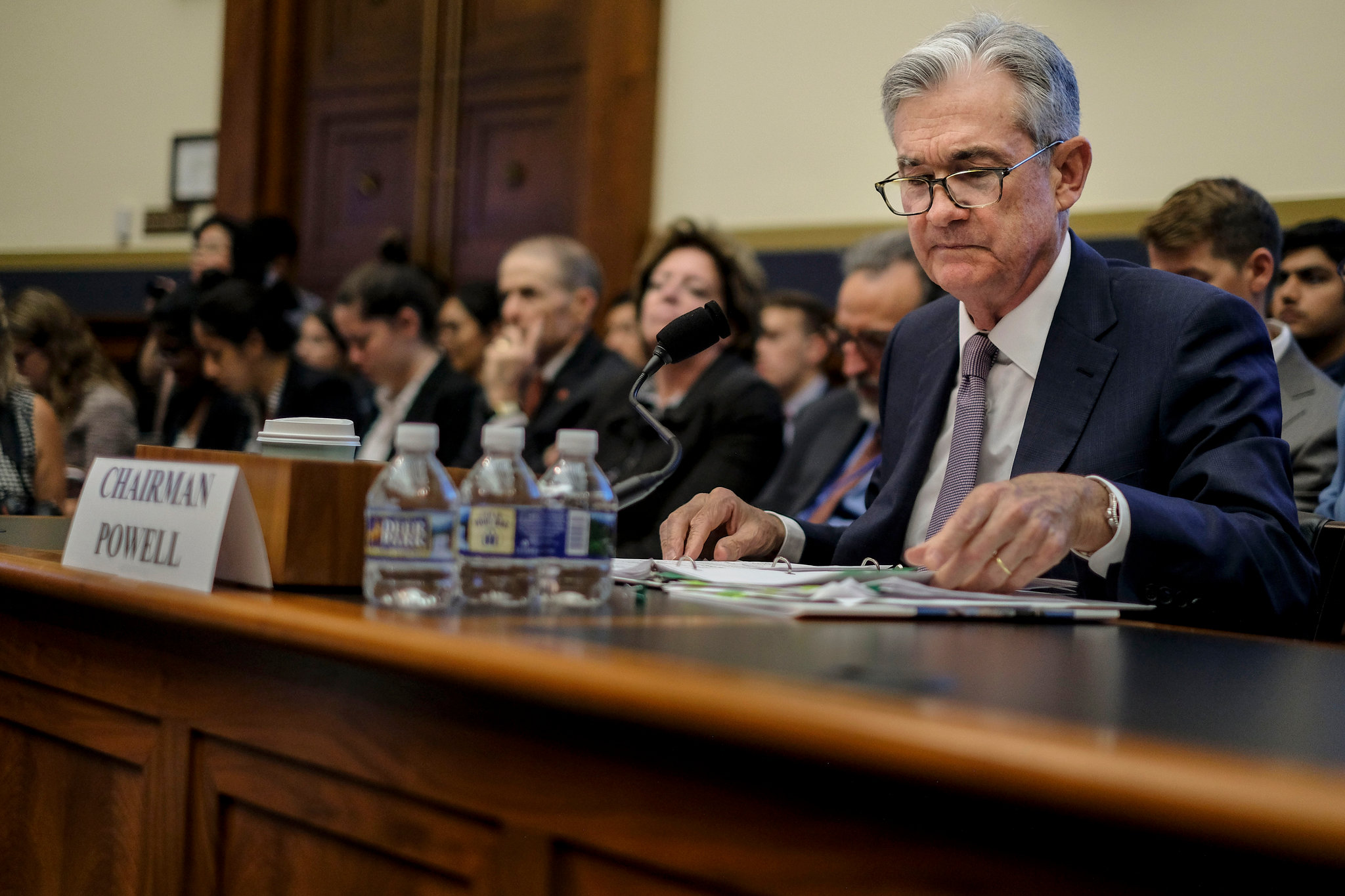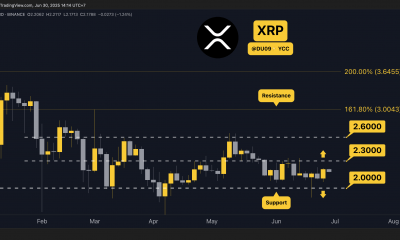Forex
What awaits the market after the FED meeting? Uncertainty and crisis

Everyone is watching the FED stock market announcement closely. The attention of the markets is gradually shifting from inflation to the coming recession. The euro has fallen due to cuts in Gazprom’s gas supplies
What does the market have in store after the FED meeting? With the US interest rate hike this week and growing uncertainty over the Fed’s further policy tightening course, the dollar on Tuesday held close to its recent two-decade highs, while the latest gas supply cut in Russia kept the euro under pressure.
FED rate hike and stock market
FED interest rates and stock markets are closely linked. The U.S. Federal Reserve begins a two-day meeting later today and is expected to raise interest rates by 75 basis points. But many traders wonder if the slowing economy could shift the focus away from inflation and signal a slower pace of rate hikes in the future.
Futures contracts tied to the Fed’s discount rate show that rates will peak in January 2023, a month earlier than February, which they indicated last week, while long-term Treasury bond yields are down about 80 basis points from the highs of mid-June.
That helped push the dollar back about 2.8 percent from its 20-year high of 109.29 against a basket of currencies less than two weeks ago. By 08:30 GMT, the dollar had stabilized since the start of the day at 106.5, while against the euro it strengthened slightly to $1.0219.
However, while Fed rate expectations are waning, most analysts maintain an optimistic view of the dollar, noting signs of a global economic slowdown. Such concerns were reinforced Monday by a profit warning from U.S. retailer Walmart.
This followed several softer-than-expected U.S. and European data releases. Francesco Pesole, a currency strategist at ING Bank, attributed the dollar’s loss of momentum to the actions of traders who cut excessively “long” U.S. dollar positions.
“The trigger (for a flattening of positions) could have been a reassessment of the timing of the rate caps and a discussion of rate cuts,” Pesole said.
“But the Fed has less opportunity for dovish surprise compared to the ECB … Fed rate pricing is more or less in line with the regulator’s dot plot and inflation/economic growth forecast,” he added, referring to the chart reflecting each Fed rate hike as forecast by officials themselves.
The euro’s rise continued to be held back by uncertainty about Europe’s energy security as Russia said gas flows to Germany via the Nord Stream 1 pipeline would drop to 33 million cubic meters per day starting Wednesday. This is half of the current flow, which is already only 40 percent of normal capacity.
But the single currency’s reaction to the news has so far been subdued, even though it raises the risks of fuel rationing in Europe and an economic downturn.
Pesole said that the euro is preparing for bad news on the gas front, noting that “the reaction function to the incoming news is not as sharp and will not cause the same volatility as a month ago.
However, the euro could weaken if markets start to actively assess the European Central Bank’s impending rate hike – they have already lowered expectations for September, now, estimating a 39 basis point increase from 50 basis points last week.
Commodity prices are supporting Australian and New Zealand dollars. The Australian dollar hit a one-month high of $0.6984 as iron ore hit a two-week peak and traders awaited inflation data that could show a 6.2 percent annualized rise in consumer prices, the fastest in more than three decades.
“Depending on the data, a slight rise in the Australian dollar is possible,” ANZ Bank analysts said. “A 50 basis point hike from (the Reserve Bank of Australia) next week is almost a foregone conclusion – the main risk is a larger hike.”
In other markets, cryptocurrencies rebounded from last week’s gains. Bitcoin was worth $21,100, its lowest since July 18. Ether also reached its lowest level since July 18 at $1,421.
Market reaction to FED announcements is always bright, so keep an eye on the situation.

 Forex3 years ago
Forex3 years agoForex Today: the dollar is gaining strength amid gloomy sentiment at the start of the Fed’s week

 Forex3 years ago
Forex3 years agoUnbiased review of Pocket Option broker

 Forex3 years ago
Forex3 years agoDollar to pound sterling exchange rate today: Pound plummeted to its lowest since 1985

 Forex3 years ago
Forex3 years agoHow is the Australian dollar doing today?

 Cryptocurrency3 years ago
Cryptocurrency3 years agoWhat happened in the crypto market – current events today

 World3 years ago
World3 years agoWhy are modern video games an art form?

 Commodities3 years ago
Commodities3 years agoCopper continues to fall in price on expectations of lower demand in China

 Economy3 years ago
Economy3 years agoCrude oil tankers double in price due to EU anti-Russian sanctions



























